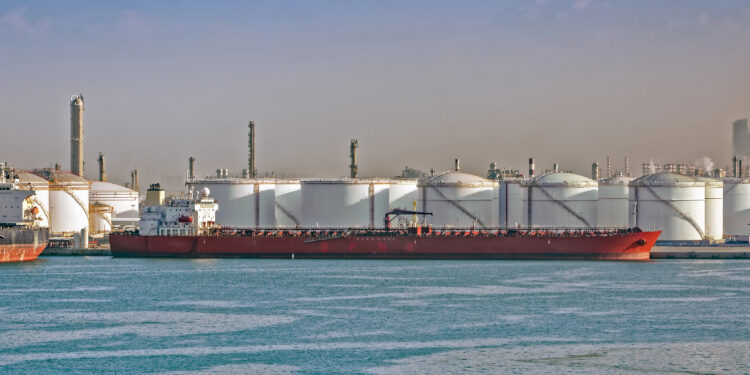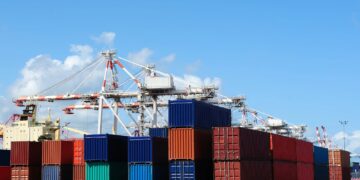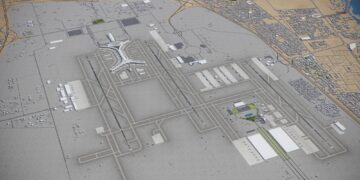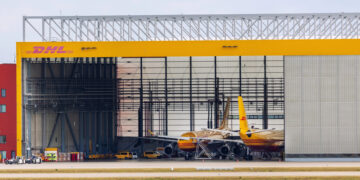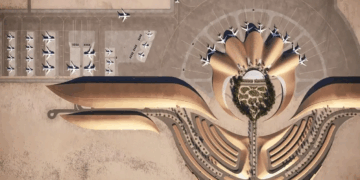Saudi Arabia is ambitiously aiming to revolutionize its container shipping industry, targeting a significant increase in annual throughput to 40 million TEU by 2030. This effort aligns with the broader Vision 2030 plan, which includes massive projects like Neom, featuring a 170-kilometer city and a port capable of handling 9 million TEU annually.
The expansion of King Abdullah Port and the port of Dhiba will contribute to this goal, with plans to boost capacities to 25 million TEU and up to 4 million TEU, respectively. The growth in container throughput, expected to exceed 10% this year, is a positive indicator of the impact of Vision 2030 on the logistics sector.
Crown Prince Mohammed bin Salman has emphasized Saudi Arabia’s strategic location, highlighting its potential to enhance logistics services due to its position at the intersection of major trade routes. The Public Investment Fund (PIF) is actively investing in non-oil sectors, hoping to diversify the economy.
Coordinating efforts between government and private sectors is crucial for achieving Vision 2030 objectives. A new national regulatory body is expected to emerge from ongoing reforms, aiming to streamline governance and attract international investments through public-private partnerships.
Ports on the west coast, such as Jeddah and King Abdullah, are poised for growth, benefiting from their location on key shipping lanes. Investments in Jeddah’s container terminals, including a $500 million upgrade by DP World, are set to increase capacity significantly.
On the east coast, Saudi Global Ports is expanding in Dammam, projecting a capacity of 7.5 million TEU. The PIF’s financial strength, bolstered by recent oil price hikes, supports these ambitious projects, aiming to position Saudi Arabia as a competitive player in the Middle Eastern port market.
